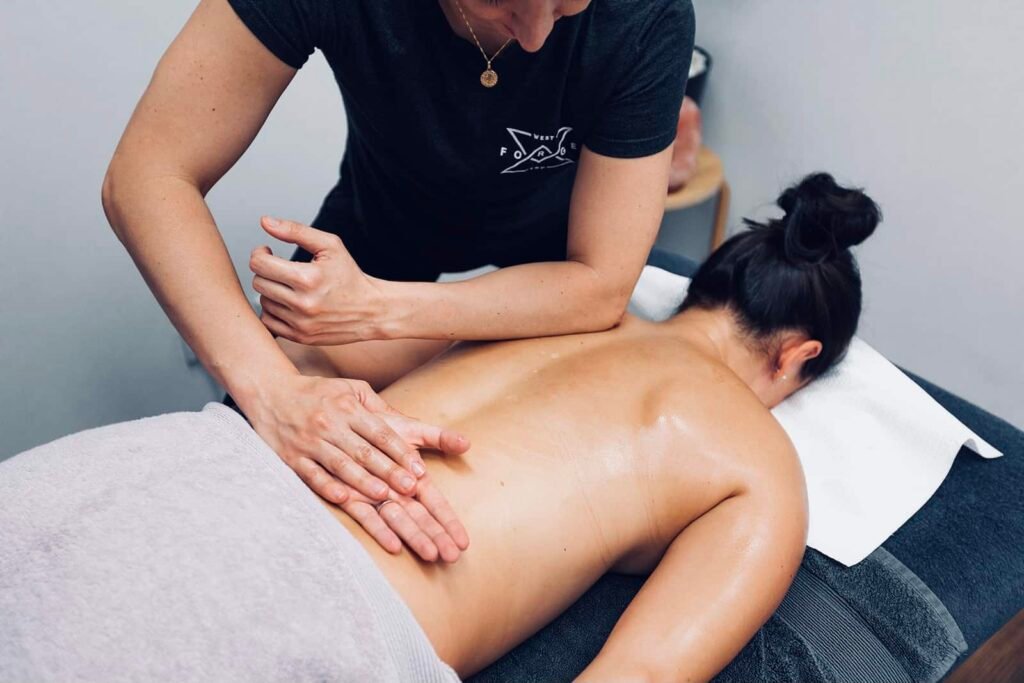
Introduction
In the realm of healthcare and wellness, the field of remedial massage therapy plays a crucial role in alleviating pain, promoting recovery, and enhancing overall well-being. For aspiring professionals looking to enter this rewarding career path, obtaining a Diploma of Remedial Massage is a pivotal step. This comprehensive guide aims to provide a detailed roadmap for completing this diploma, covering everything from understanding the curriculum to preparing for practical assessments and launching your career.
Chapter 1: Understanding the Diploma of Remedial Massage
- What is Remedial Massage?
- Definition and scope of remedial massage therapy.
- Distinction between remedial massage and relaxation massage.
- Importance of Accreditation
- Why choose an accredited diploma program?
- Overview of regulatory bodies and accreditation standards.
- Curriculum Overview
- Typical subjects covered in a Diploma of Remedial Massage.
- Academic and practical components of the course.
Chapter 2: Prerequisites and Admission Requirements
- Educational Background
- Recommended educational prerequisites.
- Alternative pathways for mature-age students.
- Skills and Attributes
- Essential skills and qualities for success in remedial massage.
- Physical and interpersonal skills required.
- Application Process
- Steps to apply for the diploma program.
- Documentation and requirements checklist.
Chapter 3: Navigating the Course Structure
- Core Subjects
- Detailed exploration of key subjects such as anatomy, physiology, and pathology.
- Study tips and resources for mastering theoretical components.
- Practical Training
- Importance of hands-on experience in remedial massage training.
- Overview of practical sessions and clinical placements.
- Assessment Methods
- Types of assessments (written exams, practical assessments, case studies).
- Preparation strategies for different assessment formats.
Chapter 4: Developing Practical Skills
- Hands-On Techniques
- Learning various massage techniques (deep tissue, trigger point therapy, etc.).
- Practical demonstrations and supervised practice.
- Client Interaction and Communication
- Importance of effective communication in therapeutic settings.
- Developing rapport and understanding client needs.
- Ethical Considerations
- Ethical guidelines and professional conduct in remedial massage.
- Confidentiality, boundaries, and duty of care.
Chapter 5: Clinical Experience and Supervision
- Clinical Placements
- Purpose and benefits of clinical placements.
- Finding and securing placements in reputable clinics.
- Supervision and Mentorship
- Role of supervisors in guiding and evaluating students.
- How to make the most of supervision sessions.
- Case Studies and Practical Assessments
- Completing case studies and practical assessments.
- Tips for documenting and presenting case studies effectively.
Chapter 6: Exam Preparation and Final Assessments
- Preparing for Written Exams
- Study techniques and resources for theoretical exams.
- Time management tips for exam day.
- Practical Assessment Tips
- Mock assessment preparation and role-playing exercises.
- Handling nerves and performing under pressure.
- Final Assessments and Graduation
- What to expect on graduation day.
- Celebrating achievements and reflecting on the journey.
Chapter 7: Career Pathways and Professional Development
- Career Opportunities
- Diverse career paths for remedial massage therapists.
- Employment settings (clinics, spas, sports teams, self-employment).
- Continuing Education
- Importance of ongoing learning and professional development.
- Advanced courses and specialization options.
- Professional Associations and Networking
- Benefits of joining professional associations.
- Networking tips for building industry contacts.
Conclusion
Completing a Diploma of Remedial Massage is not just about gaining knowledge and skills; it’s a transformative journey that prepares you to make a positive impact on people’s lives through therapeutic touch. By understanding the curriculum, mastering practical techniques, and embracing professional development opportunities, you can embark on a fulfilling career as a remedial massage therapist. Remember, your dedication to learning and commitment to ethical practice will set the foundation for a successful and rewarding career in this dynamic field.